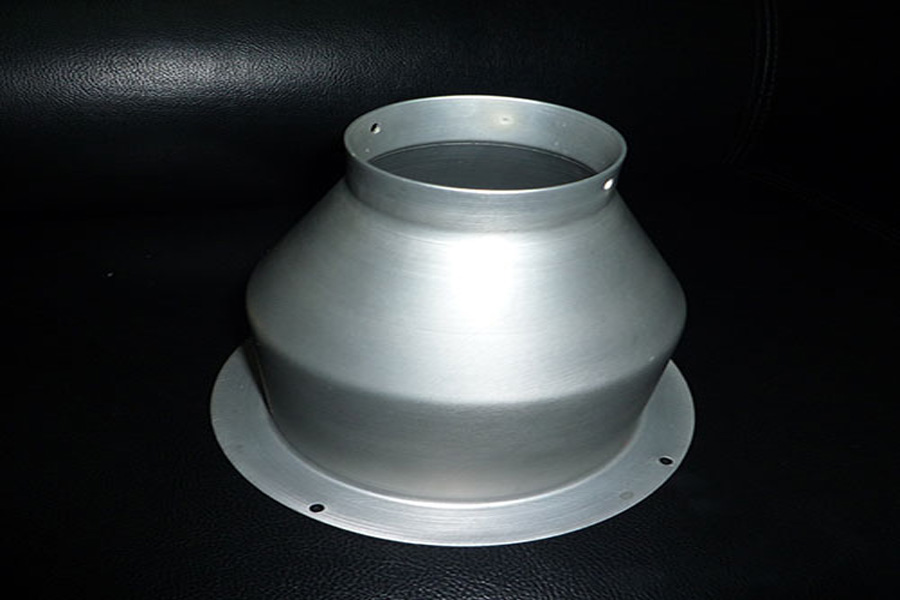When buying second-hand cars, many people will find that the wheel hubs are severely worn. The lighter ones are scratches and bumps, and the heavy ones are deformed and out of round (not purely round). Wheel hubs are the most important hardware in driving safety. They must not be sloppy, so safety-conscious owners will replace them, or owners who have requirements for vehicle performance will also replace more handsome and lightweight wheels.
So now the question is, how to choose a set of wheels that match your own model?
There are a lot of dry goods for wheel replacement, don’t be pitted by unscrupulous merchants
1. Manufacturing process
First of all, we have to determine which process to buy the wheel hub, which is not necessary here, but for car owners with performance requirements, it is necessary to pay attention to the wheel hub technology.
The most common processes for wheel hub manufacturing are low pressure casting, spinning casting, and forging (single piece, multiple pieces). The strength relationship is: forging> spinning> low pressure. Its weight relationship is: low pressure> spinning> forging.
It seems that forged wheels should be the best, but in fact, the price of forged wheels is high, almost twice that of spinning technology. In addition, because of the high hardness of the forged wheel, a section of damage is almost irreparable. But because it is light enough, it is the first choice for performance seekers. The price of a set of forged wheels is at least 1.5W or more.
The characteristic of the spinning wheel hub is that although the hardness is a little worse than that of forging, it is still higher and can accept proper deformation, so it can be repaired after a collision. And the price is relatively cheap.
2. Size
The size of the wheel also determines the size of the tire. When choosing the size of the wheel, you must also consider the size of the tire to be used in the future. If the size is too large and the flatness of the tire is too large, there will be the possibility of tire rubbing.
3. Center hole
The size of the hole in the middle of the hub must be measured from the back to get the correct data. If you replace the hub with a different center hole than the original hub, use a center hole collar, otherwise the wheel will shake at high speeds. It is recommended to choose the replacement hub with the center hole of the original hub as much as possible.
4. Hole distance (PCD)
The hole pitch is generally expressed as: the number of hub screws XPCD (the distance between the centers of two adjacent screws), for example, if it is a 5-hole hub, the PCD is 114.3mm, then the hole pitch of the hub is: 5X114.3
5. J value
The J value refers to the width of the hub, which determines how wide the tire can be installed on the hub.
6. ET value
The ET value is also called the offset-the distance between the mounting surface (the inner side of the screw cap of the wheel hub) and the center line of the wheel hub. This parameter can usually be found on the back of the wheel hub. The offset is used to adjust the track of the left and right wheels to ensure that the wheels will not interfere with the car body when working.
Each model is suitable for a variety of wheels with different ET values. It mainly depends on the effect the owner wants. More importantly, if the ET value is too high, it will rub against the inner side of the wheel arch; if the ET value is too small, it will rub against the wheel. Outside of the arch
